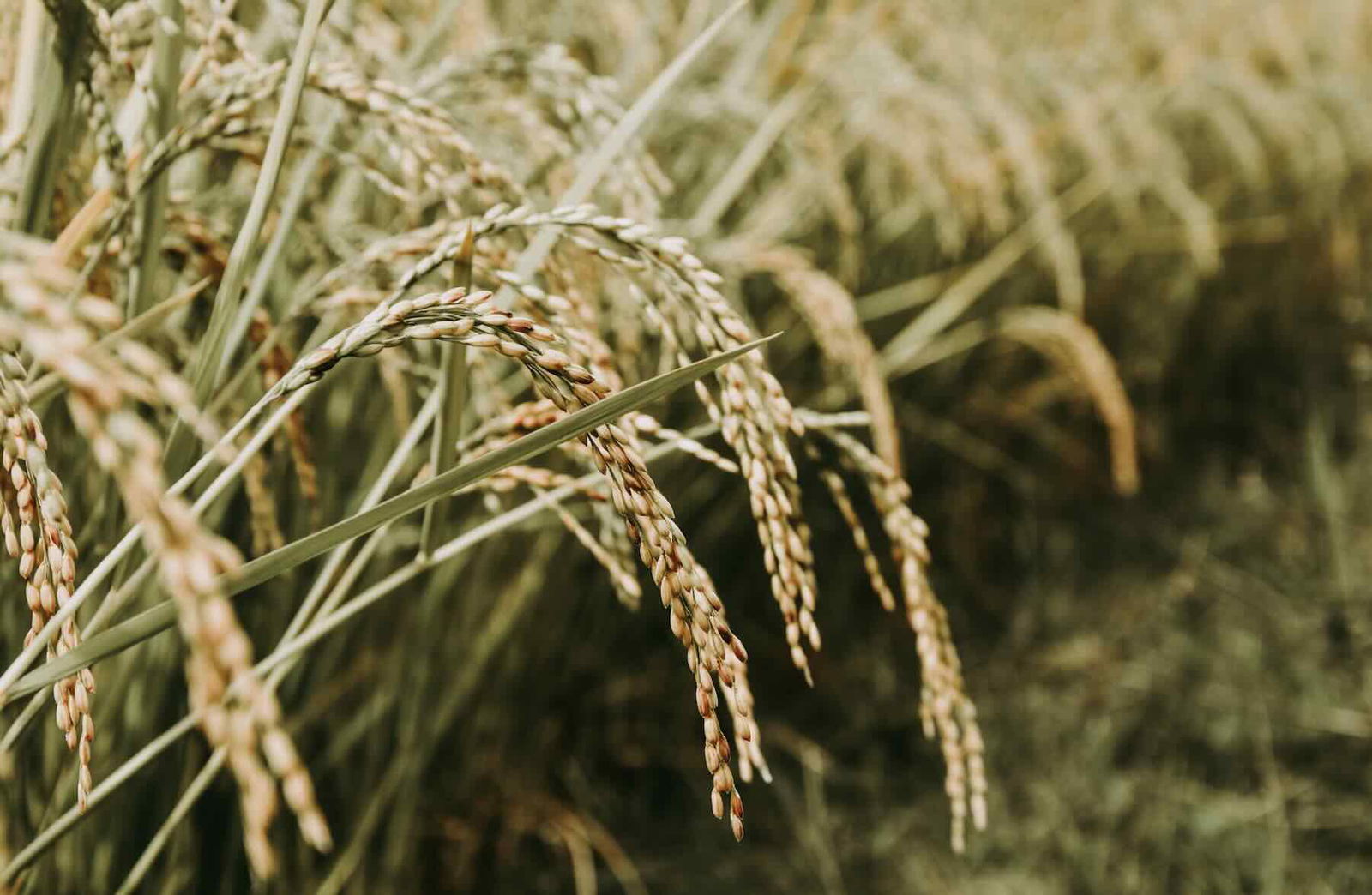Rice cultivation—a staple food source for over half the world’s population—has been found to be responsible for about 12% of global methane emissions. As the planet warms and the global population grows, these emissions are projected to rise, intensifying climate change.
However, in a new study published in Molecular Plant, experts from the Swedish University of Agricultural Sciences have discovered how to significantly reduce methane emissions from rice fields—by up to 70%—without compromising crop yields.
The team found that certain chemical compounds released by rice roots, known as “root exudates,” play a key role in methane production. By identifying these compounds, researchers successfully bred a new strain of rice that emits far less methane while maintaining high productivity.
A Cycle of Methane
The methane emitted by rice paddies comes from microbes in the soil that break down organic compounds exuded by rice roots. These microbes, called methanogens, thrive on specific chemicals, converting them into methane gas. While scientists have long known that root exudates influence methane emissions, pinpointing exactly which compounds were responsible proved challenging.
To solve this puzzle, the research team compared root exudates from two rice varieties: SUSIBA2, a genetically modified strain known for its low methane emissions, and Nipponbare, a non-GMO (genetically modified organism) variety with average emissions. They discovered that SUSIBA2 roots released significantly less fumarate, a compound that appeared to feed the methane-producing microbes.
To confirm fumarate’s role, the researchers added it to the soil of rice plants grown in containers, which led to increased methane emissions. Further testing this theory, the team applied a chemical called oxantel—an inhibitor that blocks the breakdown of fumarate—and saw that methane emissions dropped.
But fumarate wasn’t the only factor at play.
“It was almost like having a riddle,” Anna Schnürer, the study’s senior author and a microbiologist at the Swedish University of Agricultural Sciences said in a recent statement. “We noticed that the soil itself contained something that reduced methane emissions, so we started thinking that there must be an inhibitor of some kind that is also causing the difference between the varieties.”
Their detective work paid off. Upon re-examining the root exudates, the team found that SUSIBA2 plants also released more ethanol. Intriguingly, when ethanol was added to the soil, methane emissions dropped. This discovery revealed a powerful combination: reducing fumarate while increasing ethanol could dramatically lower methane output.
A Breakthrough Without GMOs
Armed with ith these findings, the team set out to breed a new, non-GMO rice variety that emitted less methane. They crossbred an elite high-yield rice variety with Heijing, a strain known for its low methane emissions. The resulting rice plants consistently produced root exudates with low fumarate and high ethanol (LFHE), the winning combination for reducing methane.
Field trials across multiple sites in China showed promising results. The LFHE rice emitted 70% less methane on average compared to its high-yield parent variety. Even better, it didn’t sacrifice productivity—the LFHE rice yielded 8.96 tons per hectare, nearly double the current global average of 4.71 tons per hectare.
“This study shows that you can have low methane and still have a rice with high yields,” said Schnürer. “And you can do it using traditional breeding methods, without GMO, if you know what you’re looking for.”
Scaling Up Solutions
Beyond breeding new rice varieties, the researchers explored whether simple soil treatments could curb methane emissions. They found that adding ethanol or oxantel to the soil in field trials reduced methane emissions by about 60% without affecting yields.
Now, the team is working to register the LFHE rice with the Chinese government and hopes to market it to farmers in the near future. They’re also collaborating with fertilizer companies to explore adding oxantel to commercial fertilizers, making methane reduction even more accessible.
“To make these things happen, we’ll also need some encouragement from governments to motivate and support farmers to use these low-methane varieties,” Schnürer noted. “It’s one thing to breed eco-friendly rice varieties, but then it’s critical to get them on the market and to get the farmers to accept them.”
Kenna Hughes-Castleberry is the Science Communicator at JILA (a world-leading physics research institute) and a science writer at The Debrief. Follow and connect with her on BlueSky or contact her via email at kenna@thedebrief.org

